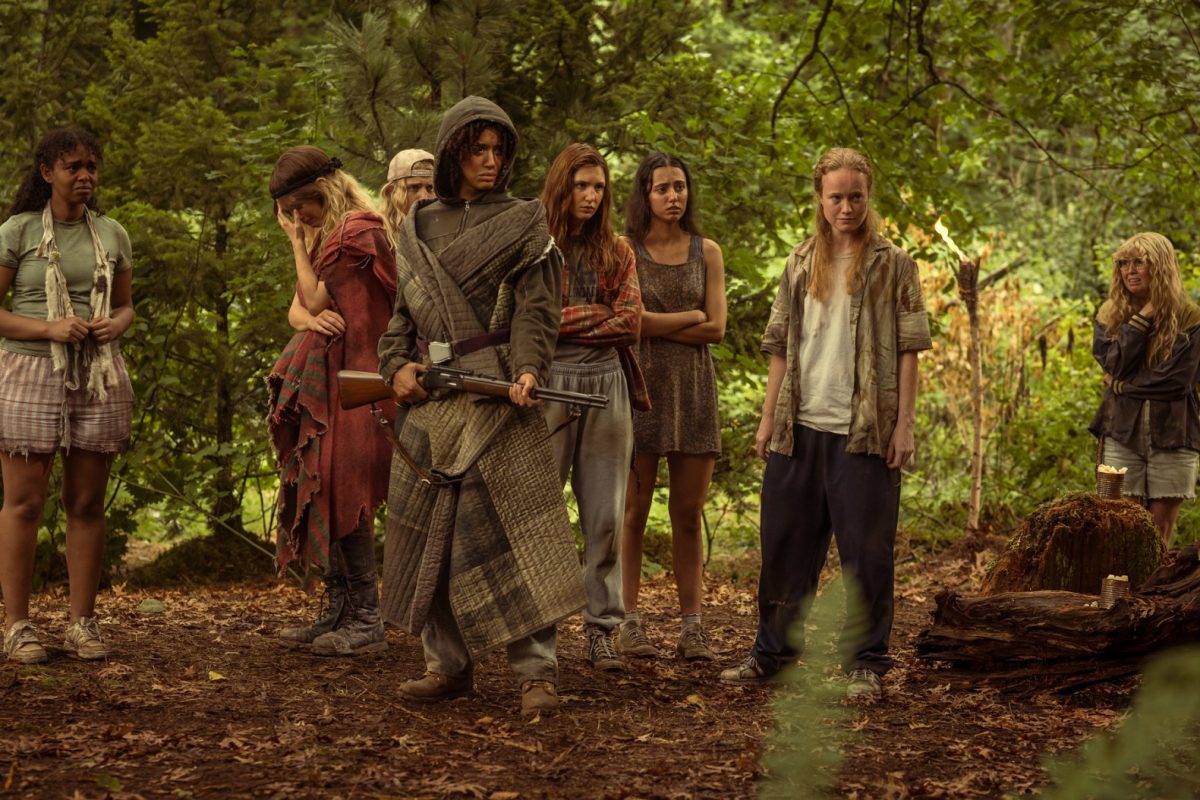Life, death and music mark Harper’s photography exhibit
February 7, 2008
“Celebrations of Life and Death in West Africa” Colter Harper 709 Penn Gallery 709 Penn Avenue, Downtown Runs through Feb. 22, with live West African music Feb. 15 Tuesday – Thursday, 11 a.m. – 6 p.m. Friday – Saturday, 11 a.m. – 8 p.m.
A 35-year-old Nikon F camera enables Pittsburgher and Rusted Root guitarist Colter Harper to capture life and death in his unique collection of photography, now on display Downtown.
Harper spoke with The Pitt News about his exhibit, “Celebrations of Life and Death in West Africa,” and the travels that inspired him to appreciate a culture through its funeral customs.
Harper, who performs in the Pittsburgh-based band Rusted Root and studies ethnomusicology at Pitt, went abroad to the University of Ghana for a semester in 2000 to study political science and ended up focusing on music and travel instead.
In 2005 he returned, photographing his ethnographic studies on the way. Harper chronicles his studies through photography of African villagers of all ages, but this particular exhibit focuses on funerals.
He explains that it’s common for the young to pick up the African gyil, or xylophone, at a very young age after watching their elders perform at funerals. The children’s contact with the gyil is, most times, inevitable and immediate. “It starts in the mother’s womb,” Harper notes.
The gyil, made from an exceptionally dense wood, takes about a year to make because of the careful process of carving and drying the keys, building a frame and fitting and preparing the gourds.
The people of Ghana incorporate both mourning and song, which Harper shows us is both a picturesque and audibly surreal experience.
“It’s almost eerie,” he says, adding that he finds it hard to describe the funeral sounds without the recordings that resonate in his exhibit.
In Harper’s collection, viewers will see a group of African boys in a reggae band dancing and pounding on Yamahas in a primitive tent and a goat atop the tombstone of a 99-year-old man.
In the latter, a gyil sits in front of the tombstone, and visitors play it to pay their respects.
With three exceptions, Harper’s collection is devoid of color, made up of mostly candid, black-and-white shots.
“I spent a lot of time in dark rooms growing up,” he says, adding that he learned from his parents, both photographers.
It is not abnormal for 200 or 300 people from neighboring regions to take part in the elaborate funeral ceremonies that often span several days.
In comparison to our culture’s idea of funerals, the black-dressed, long-faced, silent ceremonies, the funerals of Ghana encourage outward expression and even celebration. Many times children stay after the ceremonies to practice the music they just witnessed.
Harper said, “Since sickness is such a part of their daily life, something we usually don’t have to deal with, death is commemorated and understood much more openly.”
If the deceased are young, the ceremonies tend to be shorter and less celebratory, but the funerals that Harper visited were all for older individuals with many years of life to commemorate.
Harper traveled not only to village funerals but also throughout the cities, where he would watch and sometimes join the Africans musicans playing in bars and clubs.
If Harper’s story isn’t a testament to the value of cultural experiences abroad, his exhibit certainly is.
Currently, he’s looking for a fellowship that will lead him back to Africa and, perhaps, for a new camera.


